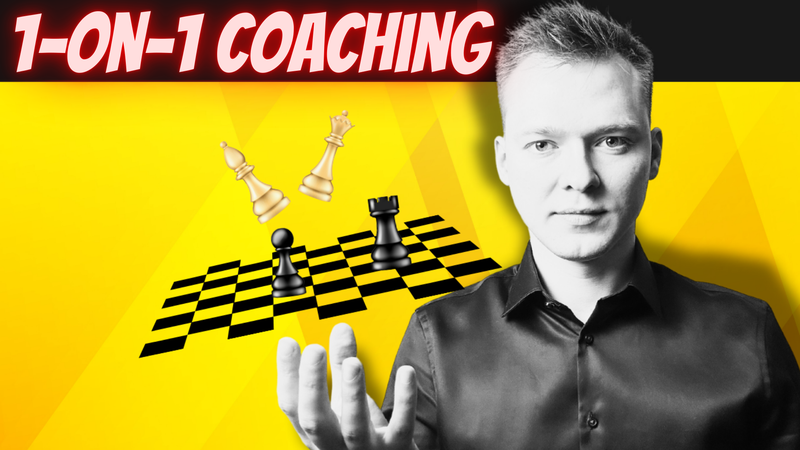
#6: Short or Long? Master the Art of Castling for King Safety
Chess LessonINTRODUCTION
In this blog post, you’ll learn when to castle short and when to castle long, a key decision for protecting your king. We’ll cover three important points: why delaying castling might not be the best idea, the benefits of quick castling, and when to castle on the opposite side. By the end, you’ll be ready to make much better castling choices in your games!
1. DON'T DELAY CASTLING
Delaying castling can leave your king vulnerable to attacks, especially in the center of the board. The longer your king stays uncastled, the more likely it is to face threats from your opponent’s pieces. Castling early provides safety and helps you avoid unnecessary risks in the game.
- Castling short is faster than castling long because it requires developing only two pieces.
- I strongly advise you to hyper-focus on castling early in the game to improve your position.
- Why shouldn't we delay castling?

FREE INTRODUCTION CALL
BOOK NOW
2. BENEFITS OF QUICK CASTLING
Quick castling reduces blunders by keeping your king safe and out of danger. It also makes your decision-making easier. Prioritizing castling simplifies your strategy, as you know exactly what you need to do, reducing the number of complex options to consider.
3. WHEN TO CASTLE OPPOSITE?
Castle on the opposite side when your pawn structure around the king is stronger and more solid than your opponent’s. Also, consider castling opposite if your attack on their king is likely to be faster and more powerful, giving you a stronger chance to gain the initiative.

FREE INTRODUCTION CALL
BOOK NOW
You may also like
 IM Pawel_Chess_Coach
IM Pawel_Chess_Coach#5 7 Chess Opening Principles to Build a Strong Foundation
Improve your opening play! FM Zig_Zag_Zug_Zwang
FM Zig_Zag_Zug_ZwangThe 7-Step Thought Process
To preface this post I’d like to mention it goes hand-in-hand with my new study on The Ultimate Ches… IM Nextlevel4naija
IM Nextlevel4naijaChess styles: Why the computers and best players all have a dynamic style.
Romantic. Attacking. Positional. Quiet. Aggressive. Ever since, Chess styles have evolved together i… FM nikhildixit
FM nikhildixit5 Free Chess Tools and Websites
This blog post highlights five free and valuable chess tools and websites including Lichess FM CheckRaiseMate
FM CheckRaiseMateThe Worst Way to Change Your Thought Process
Except for all the others IM Pawel_Chess_Coach
IM Pawel_Chess_Coach